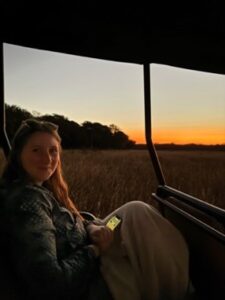
It’s hard to believe that I am at the end of my practicum here in Zambia. It has been a whirlwind of nine weeks, with high highs and low lows. While here, I have learned so much about public health in a global setting, about the beautiful country of Zambia, and about maternal health here.
This summer I helped to develop the training slideshows and handouts to instruct the Ministry of Health Nurses in regional clinics on how to use portable ultrasound probes, learning about sonography in the process. I have been able to practice with the handheld probe myself, determining gestational age and finding a fetal heart rate. Many women here do not have the opportunity to have even one ultrasound during their pregnancies, which is concerning given how important ultrasounds are to identifying risks to maternal and fetal safety, and how high the maternal mortality rate is in Zambia (278 per 100,000 live births)1. This project aims to incorporate ultrasounds into routine antenatal care in six clinics, which will greatly improve these communities’ access to obstetric ultrasound. Although training for the new ultrasound at these clinics was set to begin during my time here, delays in getting Ministry of Health approval have pushed the start date back until late summer or early fall, after I leave.
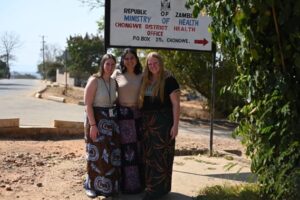
During this summer, we have also been able to visit the regional clinics where the PIKABU Study will take place. It has been so exciting to meet the incredible teams working at these busy clinics to provide care for moms and babies, but also hard to see the limited resources with which they must serve so many people. Many of these clinics are remote, and none of them store blood if women were to hemorrhage during labor. I am so grateful we had the opportunity to visit, but I also am aware that our presence in these clinics can be an intrusion, and how our positionality of white women who enter these spaces for only a short amount of time influences the way we interact with the staff and patients.
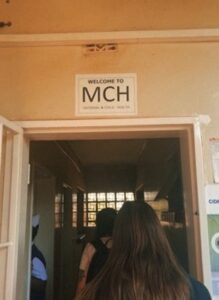
Preliminary training (the training of trainers) wrapped up in my last few weeks and I was able to interview each of the four nurse/midwives and the nurse lead trainer on their experiences with the training. These women are so passionate about what they do, they have been so sweet to me since I arrived in Zambia, and their responses in the interviews moved me. One woman said she thought this project would bring a lot of benefit to Zambia overall, especially if it is scaled up and able to reach more women. One woman said the training had boosted her self-confidence, because she did not think she would ever be able to perform ultrasound, let alone teach it. While I am disappointed that the project training will not begin while I am here, I am so glad that these women get to inspire others and help improve access to ultrasound here in Zambia.
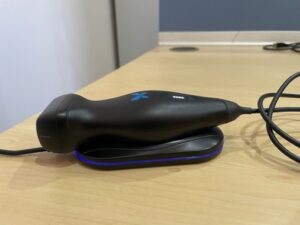
Before I began my practicum, I thought a lot about decolonizing public health, and the implications of doing work with a US-based organization in a global south setting. Although there are always going to be challenges with US funding and backing for projects like these, I have been so privileged to learn from the large, diverse, talented team of Zambians while I have been here. It is frustrating that projects like this one, that will make a large difference in the lives of pregnant women, require western funding to exist. The ultrasound probes that are being used, 14 in total, cost over $2500 each. It’s still hard to sit with the disparities in access, and the inequities in research.
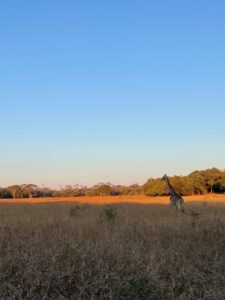
As I finish this last week, I am excited to know that the project will continue and begin starting in earnest (and one of the midwives promised to keep me updated on the project status via WhatsApp), but sad that I won’t be here to watch the follow through. A challenge of the practicum experience is I really feel like I only just started, I only just got settled, but I am excited to bring these experiences back to Chapel Hill with me to begin my final year of the MPH.
Erin
